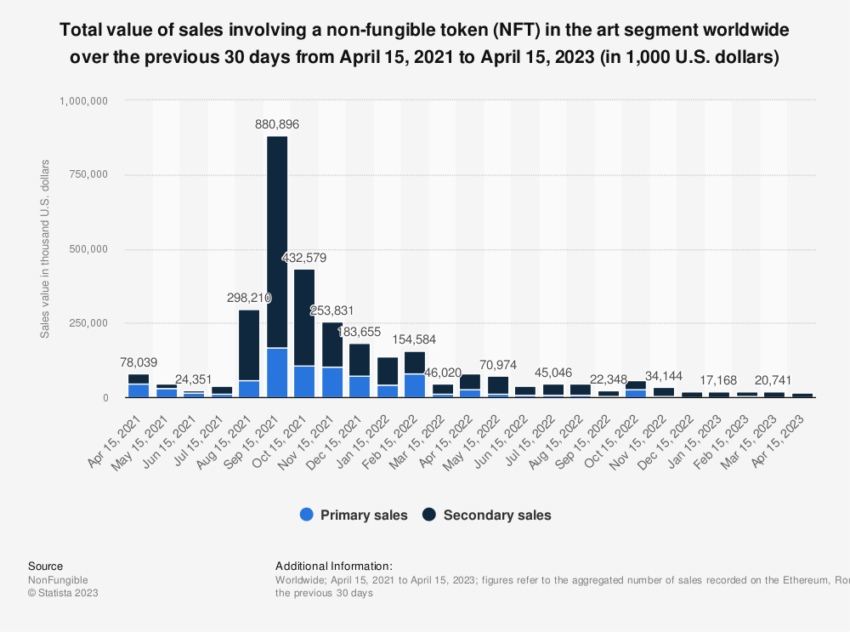The crypto market has witnessed countless evolutions since Bitcoin’s inception in 2009. A recent development in this field is the “Ethereumization” of Bitcoin. This term has been coined to describe the adaptations within the Bitcoin network, seemingly making it more Ethereum-like.
This transformative process has positive and negative aspects, raising concerns among top crypto community leaders.
The Ethereumization: A New Dawn
The introduction of BRC-20 has largely driven the Ethereumization of Bitcoin. This is a protocol that bears a striking similarity to Ethereum’s ERC-20.
The BRC-20 protocol, powered by the Ordinals system, has enabled the Bitcoin network to mint non-fungible tokens (NFTs) by assigning unique identifiers to each satoshi – Bitcoin’s smallest unit. This development has expanded Bitcoin’s capabilities, infusing new possibilities into its network.
Interestingly, BRC-20 allows the creation of meme coins due to its diverse potential. While this might appear as a disadvantage at first glance, it plays into the hands of the digital age. Meme coins have repeatedly demonstrated their capacity to engage audiences and create viral trends.
Indeed, speculators are rapidly issuing and minting tokens using the BRC-20 standard. There is a palpable hype around these tokens, with CoinMarketCap reporting that 8,500 tokens have been issued on Bitcoin in just a few weeks since the BRC-20 standard was first introduced.
However, the Ethereumization of Bitcoin does not imply that it is losing its unique identity. NFTs minted on the Bitcoin network are more decentralized than those on Ethereum.

Go to Source to See Full Article
Author: Bary Rahma






